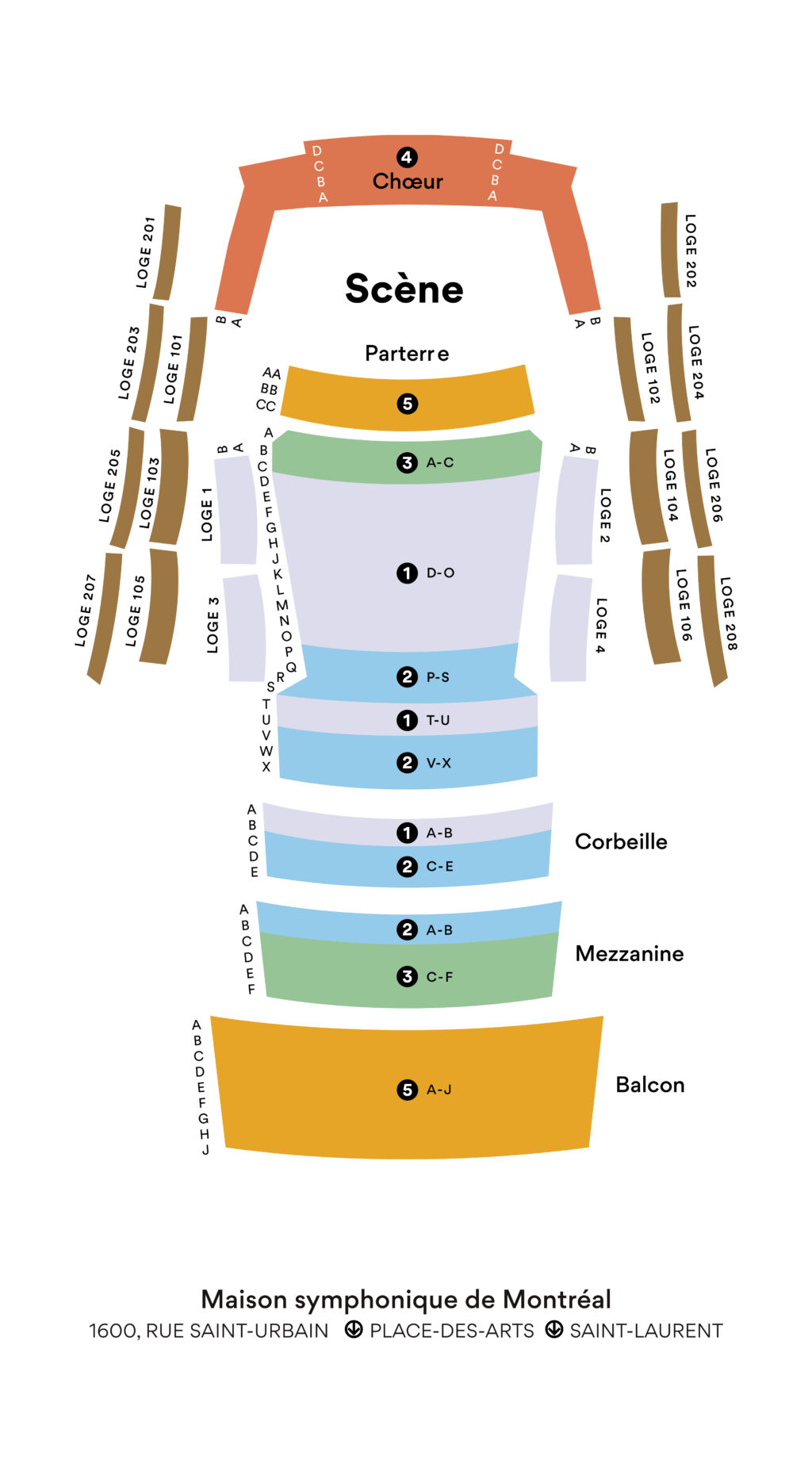Scheherazade
Rimsky-Korsakov
1844 – 1908
Enchanting tales
Have you ever been glued to the couch because you’re wrapped up in a page-turner and you can’t wait to find out what happens next? That’s how Scheherazade tricks the Sultan Shahriyar. The bold protagonist tells him the stories of One Thousand and One Nights to distract him from killing her. He had made the vow to marry a new woman every day and execute her in the morning, but he was so captivated by Scheherazade’s stories that he lets her live one more night. He can’t resist the suspense! She also tells the interrelated stories of Aladdin and the genie, Ali Baba and the 40 thieves, Sinbad the sailor and countless other characters that enchant the Sultan until, after one thousand and one nights, he finally rejects his old ways.
In the famous symphonic suite Scheherazade, Nikolaï Rimsky-Korsakov is inspired by some of these fascinating tales. While the title of the work and its movements refer to the characters in One Thousand and One Nights, the music doesn’t follow a specific narrative, leaving the listener to their imagination.
The four-movement piece is a symphonic suite, a musical genre known for recurrent and changing musical themes, namely those of Scheherazade and the Sultan. The first is enchanting and romantic, while the second is martial and authoritarian. You can hear them both at the beginning of the first movement before they are reiterated throughout the rest of the piece, reminding the listener that the tales are being told by Scheherazade to the Sultan.
Rimsky-Korsakov (1844–1908) was a Russian Romantic composer. His membership in the nationalist and anti-Western group of composers known as The Five had a profound impact on his musical career. His work features recurring themes of Russian folklore and a divergence from European composition standards. Scheherazade is one of his country’s most emblematic works.
Émilie Lesage
